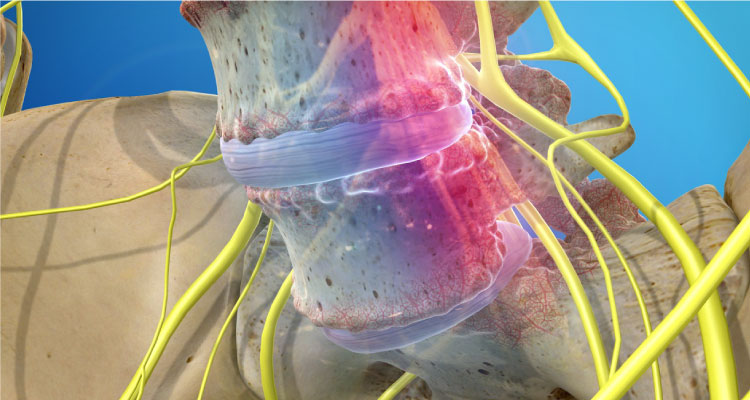
Spondylolisthesis is a type of spinal condition that leads to lower back pain. It happens when one of the vertebrae slips out of place on the vertebrae below it, and most of the time, non-surgical treatment can relieve the symptoms. However, surgery is successful in most cases if you have severe spondyloses.
Things to know about spondyloses on a slipped bone
Spondylolisthesis is a condition where spine instability is involved. A vertebra slips out of place, and it might put pressure on the nerves, which leads to leg pain or lower back pain.
The difference between spondylolisthesis and Spondylosis
Spondylosis and spondylolisthesis lead to lower back pain. Under Spondylosis, a spine defect is a stress fracture or crack in the spine bones, and it is generally expected in young athletes.
Spondylolisthesis is a condition where the vertebrae slip on the bone below them. The vertebrae sometimes might also slip out of place due to degenerative diseases. In addition, the disc between the vertebrae and the facet joints can wear down. Irrespective of the calls, when the vertebrae slip out of place, it might pressure the bone below it.
In some cases, spondylolisthesis does not cause any symptoms. However, if you feel any leg pain, it can also be caused due to compression or pinching of the nerve roots in the spinal canal. The reduction or pinching is mainly due to the vertebrae slipping out of position or narrowing the needed space for the nerves.
Is spondyloses common?
Spondyloses and spondylolysis generally occur in at least 4% to 6% adult population. If you don't have any symptoms, you can live with the condition for years. Degenerative Spondylosis occurs due to ageing and is expected after 50 years and is more common in women than men.
Causes of spondylolisthesis
Overextending the spine is one of the significant causes of spondylolisthesis in young athletes. Genetics also plays a crucial role. Some people are born with thinner vertebral born, and in older adults, wear and tear on the spine can cause the condition.
Symptoms of spondyloses
At times you might not experience any symptoms of spondylolisthesis. However, some people have the condition and don't even know about it, and if you do have symptoms, then one of the most common ones is lower back pain. The pain might extend to the thighs. You can also experience back stiffness or difficulty walking or standing for a long time. You will also experience pain with bending over.
Diagnosis of spondyloses
Dr Sk Rajan suggests that you should go for a spinal x-ray so that the doctors can check if the vertebrae are out of place or not. The treatment also depends on your symptoms and age. Generally, the doctor will advise you to take bed rest if you have a spinal condition or go for physical therapy. Surgery or injections are given only in severe conditions.


